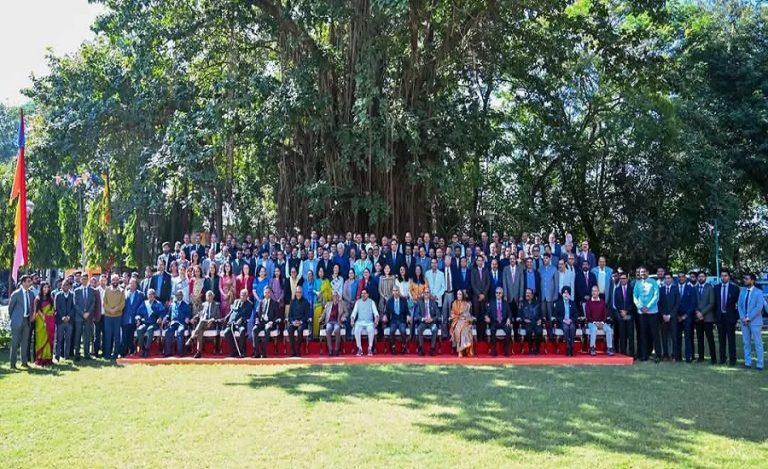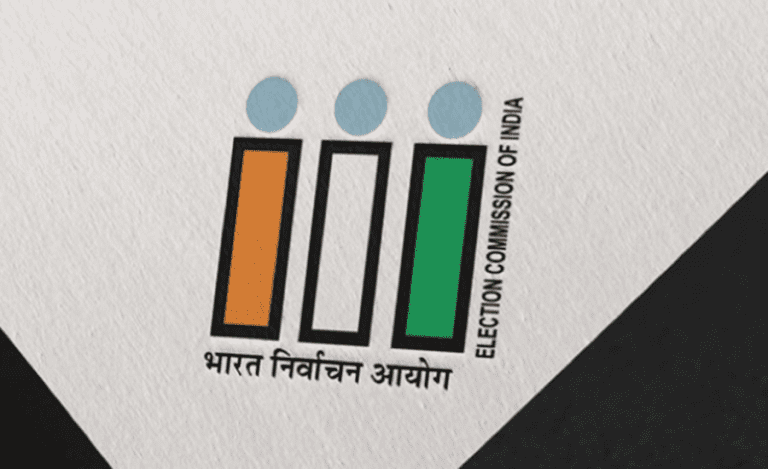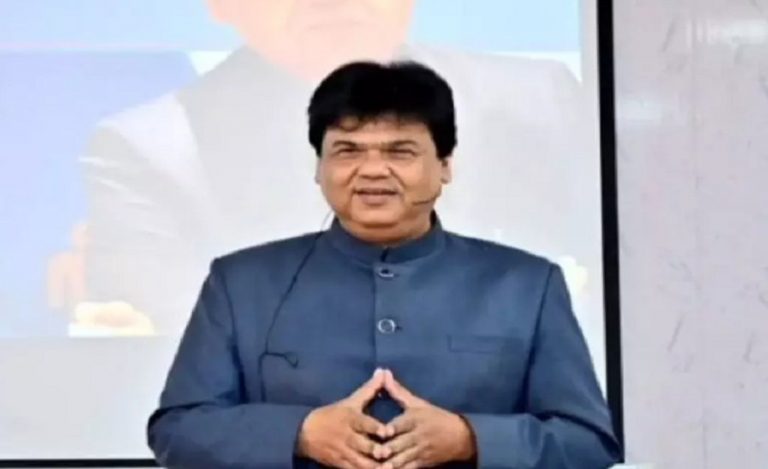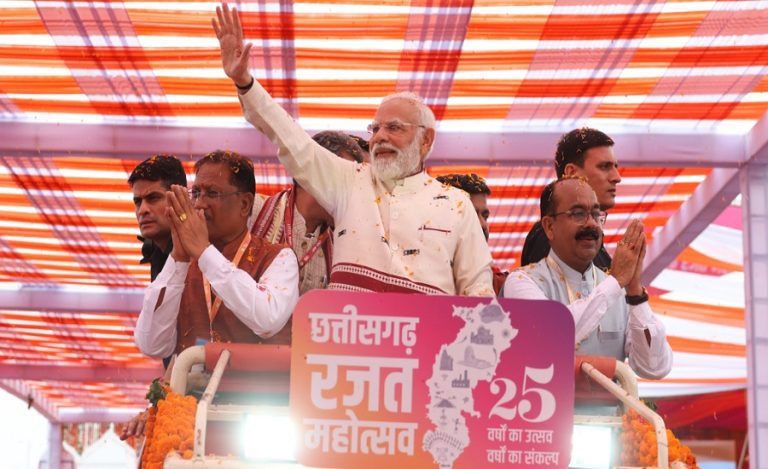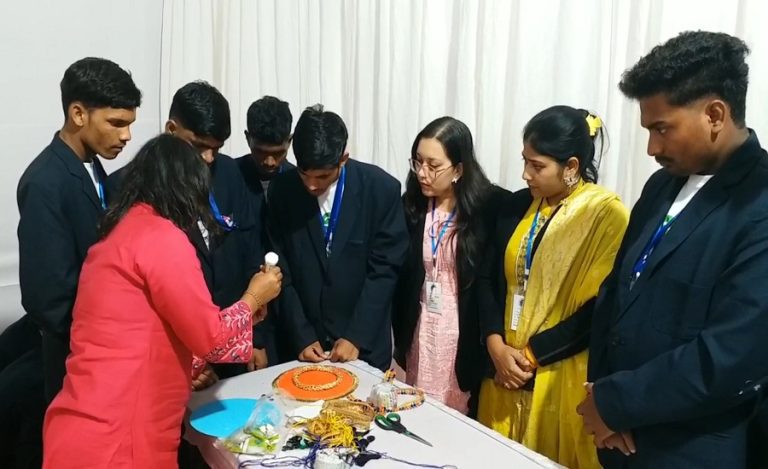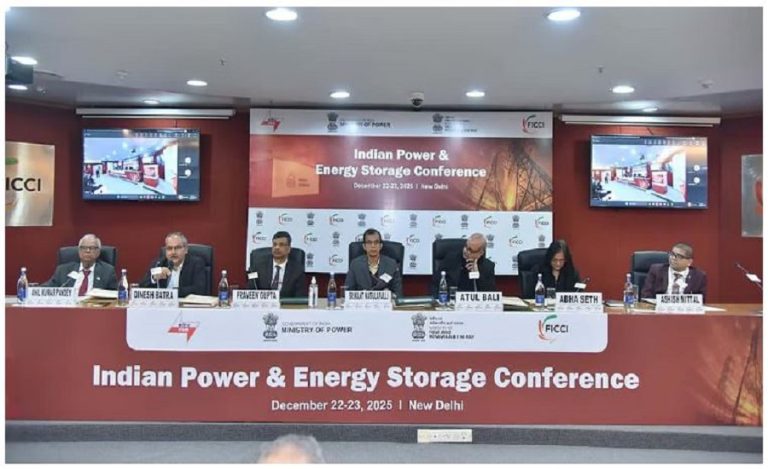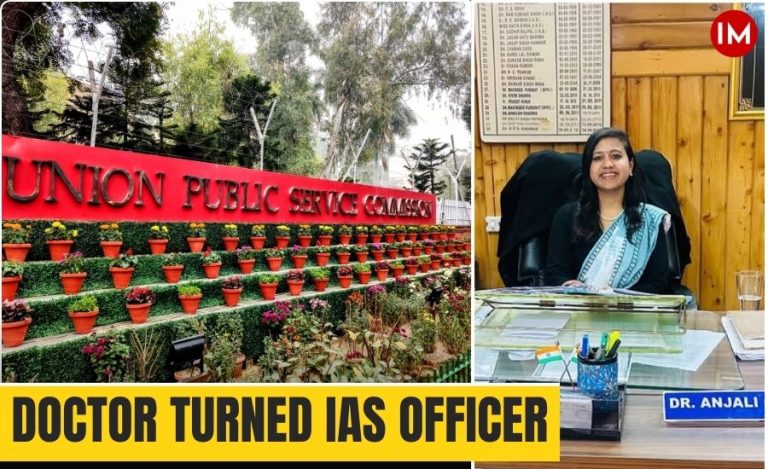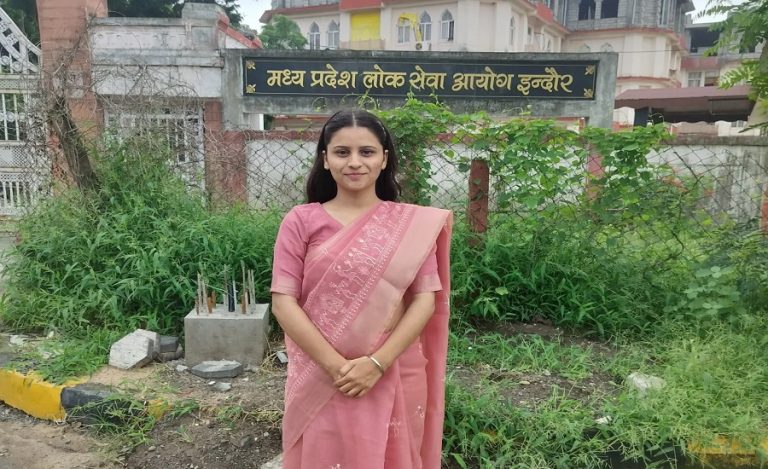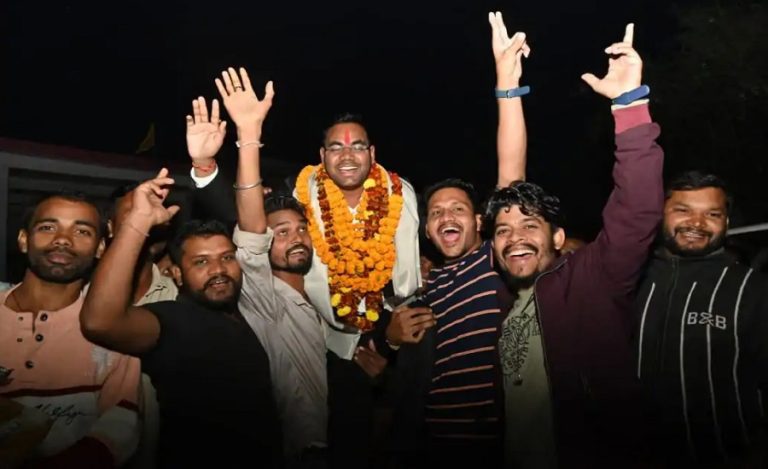In a major administrative reshuffle in Uttar Pradesh, the Yogi Adityanath led state government has transferred and posted 12 IAS officers, including DM of 9 districts, on Friday evening.
2013 batch IAS officer and Lalitpur DM, Mr. Alok Singh, has been made DM of Kanpur Dehat. While 2014 batch IAS officer and DM of Kanpur Dehat, Ms. Neha Jain appointed as Special Secretary IT and Electronics.
2012 batch IAS officer and Bijnor DM Umesh Mishra has been sent to Kushinagar and made District Magistrate.
While DM of Rampur and 2013 batch IAS officer Ravindra Kumar Mander has been appointed as Bijnor DM. Etah DM and 2012 batch IAS officer Ankit Kumar Agarwal has been named as Rampur DM.
2014 batch IAS officer Prem Ranjan Singh, who is CEO of Bhadohi Industrial Development Authority (BIDA), has been appointed as DM, Etah.
Ms. Priyanka Niranjan, an IAS officer of 2013 batch and DM of Basti, has been made the DM of Mirzapur. While Mirzapur DM and 2013 batch IAS officer Divya Mittal has been sent to Basti as DM.
2015 batch IAS officer and Gorakhpur Development Authority Vice Chairman, Mr. Mahendra Singh Tawar, has been made DM of Sant Kabir Nagar.
2014 batch IAS officer Akshay Tripathi, who is Special Secretary IT and Electronics, has been made DM of Lalitpur. Mr. Akshay Tripathi was removed from the post of Vice Chairman of Lucknow Development Authority on 25 June 2022.
Earlier, on Friday morning, 3 senior IAS officers were transferred. 1987 batch IAS officer Hemanta Rao who is ACS Backward Classes and Social Welfare Commissioner was made the Chairman of the Revenue Board. Hemant Rao will retire in February 2024. 1996 batch IAS officer Subhash Chandra Sharma was made the Principal Secretary of Backward Class Welfare.
Whereas 1992 batch IAS officer Narendra Bhushan has been posted as Principal Secretary, Science Technology Department.
It is being said that these transfers have been done keeping in mind the upcoming Lok Sabha elections, as the Election Commission gives general instructions to remove officers who have completed their three-year term. That’s why the districts of those IAS officers have also been changed, who would have completed about three years in the same district by March 2024.


